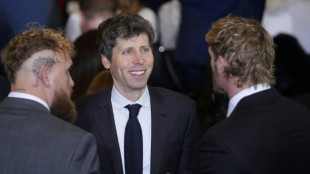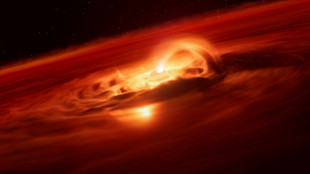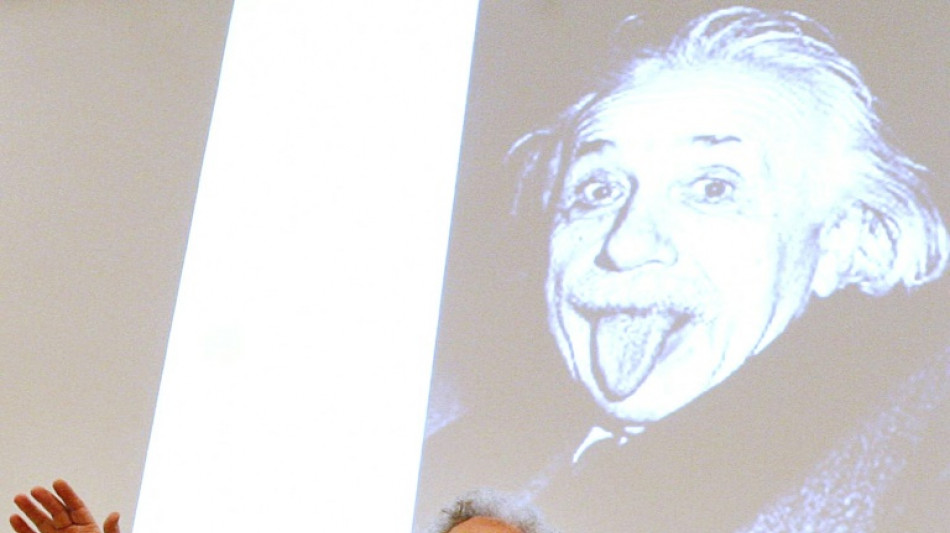
-
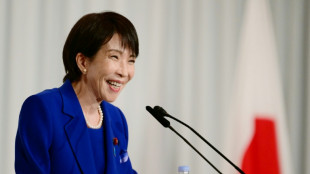 Tokyo soars, yen sinks after Takaichi win on mixed day for Asia
Tokyo soars, yen sinks after Takaichi win on mixed day for Asia
-
China's chip challenge: the race to match US tech
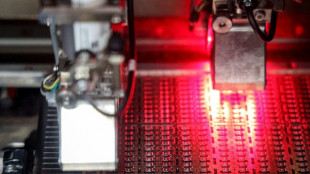
-
 UN rights council to decide on creating Afghanistan probe
UN rights council to decide on creating Afghanistan probe
-
Indonesia sense World Cup chance as Asian qualifying reaches climax
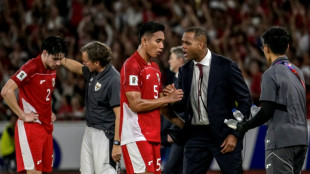
-
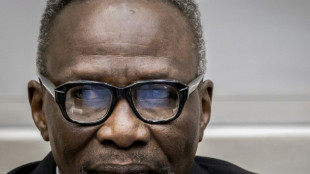 ICC to give war crimes verdict on Sudan militia chief
ICC to give war crimes verdict on Sudan militia chief
-
Matthieu Blazy to step out as Coco's heir in Chanel debut
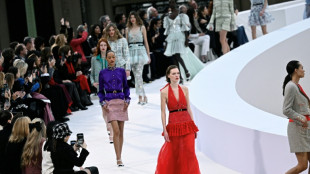
-
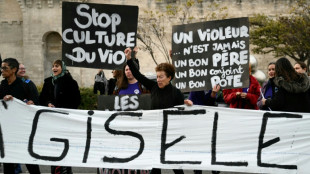 Only man to appeal in Gisele Pelicot case says not a 'rapist'
Only man to appeal in Gisele Pelicot case says not a 'rapist'
-
Appetite-regulating hormones in focus as first Nobel Prizes fall

-
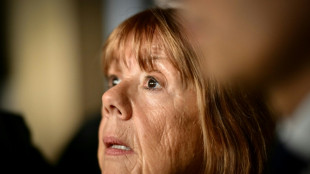 Gisele Pelicot: French rape survivor and global icon
Gisele Pelicot: French rape survivor and global icon
-
Negotiators due in Egypt for Gaza talks as Trump urges quick action

-
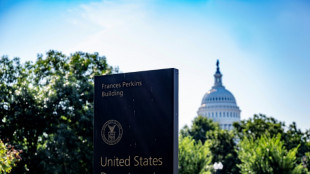 'My heart sank': Surging scams roil US job hunters
'My heart sank': Surging scams roil US job hunters
-
Competition heats up to challenge Nvidia's AI chip dominance
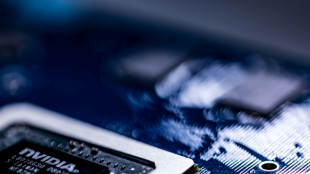
-
 UK police to get greater powers to restrict demos
UK police to get greater powers to restrict demos
-
Guerrero grand slam fuels Blue Jays in 13-7 rout of Yankees
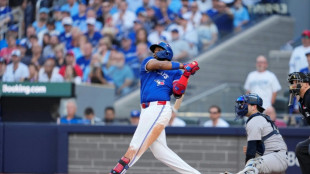
-
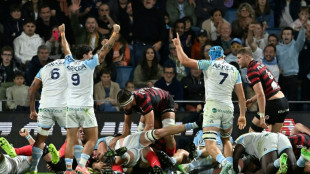 Five-try Bayonne stun champions Toulouse to go top in France
Five-try Bayonne stun champions Toulouse to go top in France
-
Fisk reels in Higgo to win maiden PGA Tour title in Mississippi
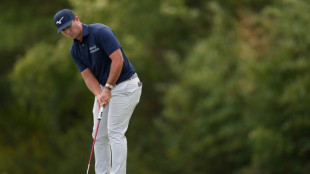
-
 Aces overpower Mercury for 2-0 lead in WNBA Finals
Aces overpower Mercury for 2-0 lead in WNBA Finals
-
Bayonne stun champions Toulouse to go top in France
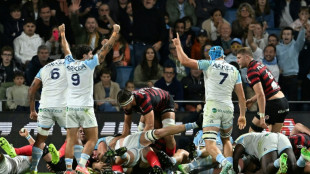
-
 Greta Thunberg among Gaza flotilla detainees to leave Israel
Greta Thunberg among Gaza flotilla detainees to leave Israel
-
Atletico draw at Celta Vigo after Lenglet red card
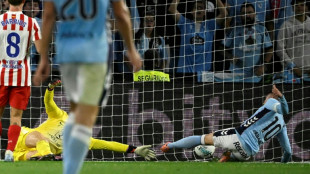
-
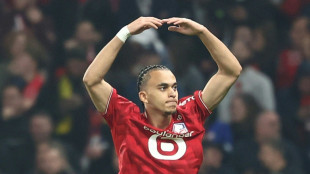 Ethan Mbappe returns to haunt PSG as Lille force draw with Ligue 1 leaders
Ethan Mbappe returns to haunt PSG as Lille force draw with Ligue 1 leaders
-
Hojlund fires Napoli into Serie A lead as AC Milan held at Juve
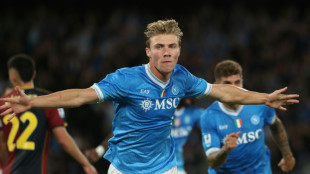
-
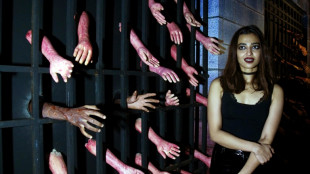 Vampires, blood and dance: Bollywood horror goes mainstream
Vampires, blood and dance: Bollywood horror goes mainstream
-
Broncos rally snaps Eagles unbeaten record, Ravens slump deepens
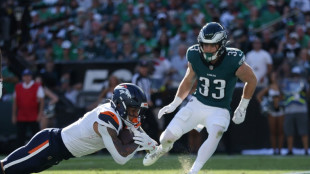
-
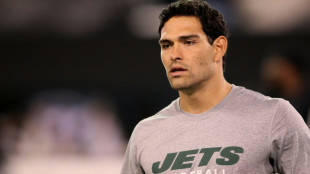 Former NFL QB Sanchez charged after allegedly attacking truck driver
Former NFL QB Sanchez charged after allegedly attacking truck driver
-
France unveils new government amid political deadlock
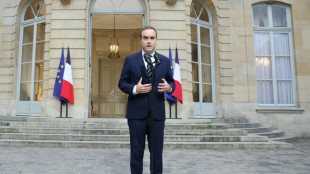
-
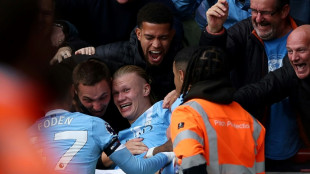 Child's play for Haaland as Man City star strikes again
Child's play for Haaland as Man City star strikes again
-
India crush Pakistan by 88 runs amid handshake snub, umpiring drama
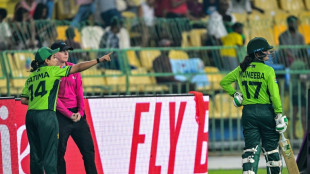
-
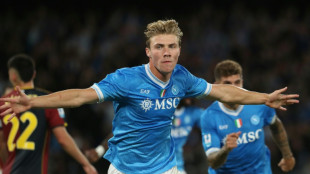 Hojlund fires Napoli past Genoa and into Serie A lead
Hojlund fires Napoli past Genoa and into Serie A lead
-
Sevilla rout 'horrendous' Barca in Liga thrashing
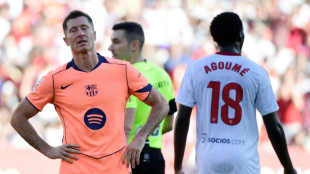
-
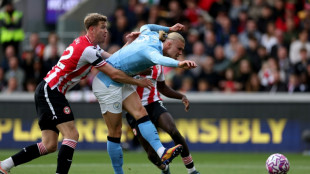 Haaland fires Man City to win at Brentford, Everton end Palace's unbeaten run
Haaland fires Man City to win at Brentford, Everton end Palace's unbeaten run
-
Haaland extends hot streak as Man City sink Brentford

-
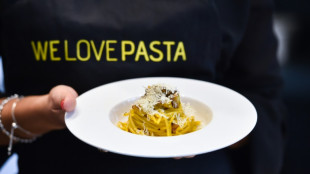 Italy working hard to prevent extra US tariffs on pasta
Italy working hard to prevent extra US tariffs on pasta
-
Sinner out of Shanghai Masters as Djokovic battles into last 16
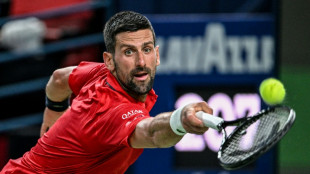
-
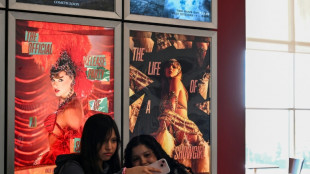 Swift rules N. America box office with 'Showgirl' event
Swift rules N. America box office with 'Showgirl' event
-
Ryder Cup hero MacIntyre wins Alfred Dunhill Links on home soil
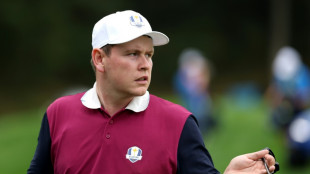
-
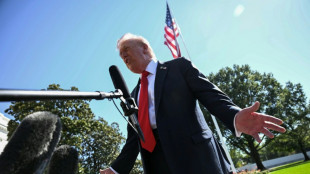 Republicans warn of pain ahead as US shutdown faces second week
Republicans warn of pain ahead as US shutdown faces second week
-
Sevilla rout champions Barca in shock Liga thrashing
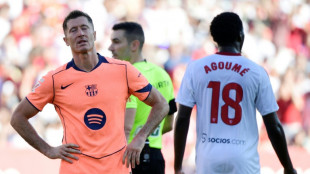
-
 Norris-Piastri clash overshadows McLaren constructors' title win
Norris-Piastri clash overshadows McLaren constructors' title win
-
Trump administration declares US cities war zones
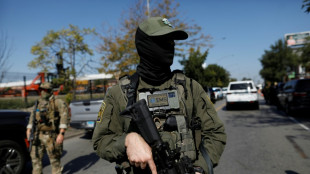
-
 Bad Bunny takes aim at Super Bowl backlash in 'SNL' host gig
Bad Bunny takes aim at Super Bowl backlash in 'SNL' host gig
-
El Khannouss fires Stuttgart into Bundesliga top four

-
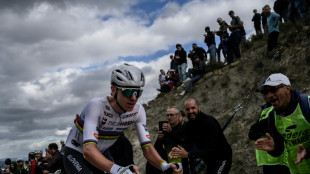 Insatiable Pogacar romps to European title
Insatiable Pogacar romps to European title
-
Newcastle inflict more pain on Postecoglou, Everton end Palace's unbeaten run

-
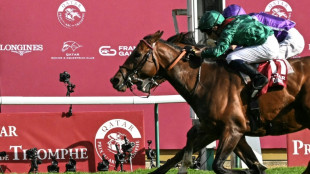 Daryz wins Prix de l'Arc de Triomphe thriller
Daryz wins Prix de l'Arc de Triomphe thriller
-
Russell wins Singapore GP as McLaren seal constructors' title
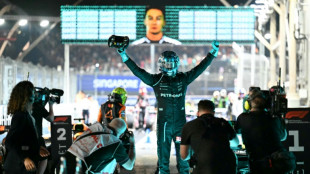
-
 Landslides and floods kill 64 in Nepal, India
Landslides and floods kill 64 in Nepal, India
-
Russell wins Singapore GP, McLaren seal constructors' title
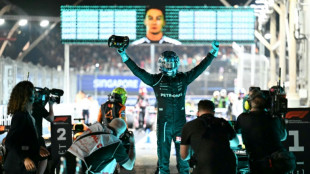
-
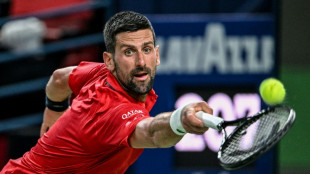 Djokovic 'hangs by rope' before battling into Shanghai last 16
Djokovic 'hangs by rope' before battling into Shanghai last 16
-
Erasmus proud of Boks' title triumph as Rugby Championship faces uncertain future
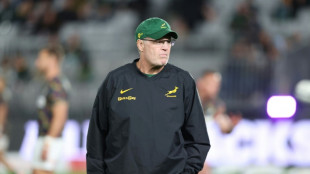

Quantum entanglement: the 'spooky' science behind physics Nobel
This year's physics Nobel prize was awarded Tuesday to three men for their work on a phenomenon called quantum entanglement, which is so bizarre and unlikely that Albert Einstein was sceptical, famously calling it "spooky".
So how exactly does it work?
Even people with degrees in physics struggle to understand it -- and some who do still find parts "hard to swallow," said Chris Phillips, a physicist at Imperial College London.
To explain the phenomenon he used the example of a photon -- "a single unit of light" -- though the theory is believed to hold true for other particles.
If a photon is put through a "special crystal", it can be split into separate photons, he told AFP.
"They're different colours from the one you started with," Phillips said, "but because they started from one photon, they are entangled".
This is where it gets weird. If you measure one photon it instantly affects the other -- no matter how far you separate them.
This is not supposed to happen. Einstein's theory of relativity says nothing can travel faster than the speed of light.
And they are inextricably bound together. When you observe the first photon, there are even odds that it will show itself as "either up or down", Phillips said. But if it is up, then its twin is instantly forced down, or vice versa.
- New way to kill Schroedinger's cat -
He extended the famous quantum thought experiment of Schroedinger's cat, in which a hypothetical animal locked inside a box with a flask of poison remains simultaneously alive and dead -- until the moment the box is opened.
For quantum entanglement, if you have two cats in two boxes, by opening one you would "kill that cat and instantaneously -- on the other side of the universe -- the other cat has been killed," Phillips said.
Phillips has seen this "extremely strange thing" first hand in his laboratory, where he has two beams of photons set up.
"I can put my hand in one beam and something happens to the other beam on the other side of the room instantaneously -- I see a needle flick," he said.
"That would still be true if my laboratory was millions of miles across."
It was the fact that this occurs instantly that bothered Einstein, who dismissed this element of quantum entanglement -- called non-locality -- as "spooky action at a distance" in 1935.
He instead believed that "hidden variables" must somehow be behind what was happening.
In 1964, influential physicist John Stewart Bell found a way to measure whether there were in fact hidden variables inside quantum particles.
Two decades later, French physicist Alain Aspect, who won the Nobel on Tuesday, and his team were among the first able to test Bell's theory in a laboratory.
By testing its limits, they found that "quantum mechanics resists all possible attacks," Aspect said in an interview published by the Nobel Foundation after his win on Tuesday.
- 'Totally crazy' -
In doing so, Aspect proved Einstein wrong. But he was magnanimous to history's greatest physicist.
"I like to say that Einstein's owes a great, great merit in raising the question," Aspect said, adding that "non-locality does not allow you to send a useful message faster than light".
Even Aspect finds it weird to have accepted the idea of something "totally crazy" like non-locality into "my mental images," he said.
The other physics Nobel winners, Austria's Anton Zeilinger and John Clauser of the US, also tested Bell's theory, ruling out loopholes and helping pave the way for what has been called the "second quantum revolution".
Discoveries by Zeilinger, dubbed the "quantum pope", have shown the potential for quantum entanglement to be used in encryption, quantum teleportation and more.
Phillips from Imperial College London has developed a prototype the size of a hi-fi sound system that uses quantum entanglement to diagnose breast cancer.
"We have to be humble in the face of physics," Phillips said, adding that it was the same as any another aspect of nature.
"It just is."
N.Fournier--BTB

